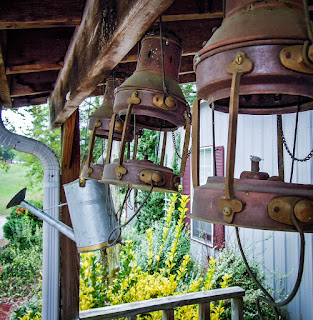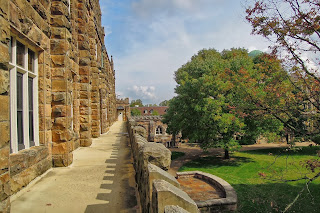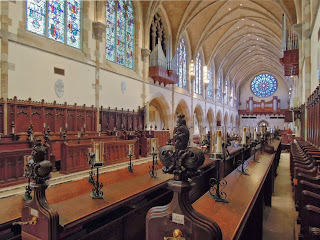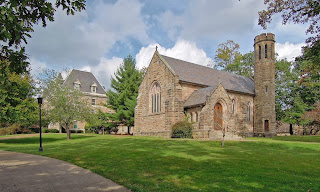Wartrace is a town in Bedford County, Tennessee.
The name "Wartrace" is rooted in a Native American trail that once passed through the area. The town, initially known as "Wartrace Depot," was established in the early 1850s as a stop on the newly-constructed Nashville and Chattanooga Railroad.
During the Civil War, the town was the winter headquarters of Confederate General William J. Hardee during the aftermath of the Battle of Stones River, and the Old Chockley Tavern in Wartrace was a gathering place for Confederate officers during the Tullahoma Campaign. A skirmish was fought at Wartrace on April 11, 1862.
With the increase in rail travel in the late 19th century, Wartrace experienced a boom period. At its height, the town had six inns and hotels, and serviced 13 trains per day.
Since it's founding in 1853 Wartrace has been host to the oldest railroad line in Tennessee, lived through the skirmishes and encampments of the Tullahoma Campaign, and is still proud to be the birthplace of the world famous Tennessee Walking Horse.
[Source: Wikipedia]
The name "Wartrace" is rooted in a Native American trail that once passed through the area. The town, initially known as "Wartrace Depot," was established in the early 1850s as a stop on the newly-constructed Nashville and Chattanooga Railroad.
During the Civil War, the town was the winter headquarters of Confederate General William J. Hardee during the aftermath of the Battle of Stones River, and the Old Chockley Tavern in Wartrace was a gathering place for Confederate officers during the Tullahoma Campaign. A skirmish was fought at Wartrace on April 11, 1862.
With the increase in rail travel in the late 19th century, Wartrace experienced a boom period. At its height, the town had six inns and hotels, and serviced 13 trains per day.
Since it's founding in 1853 Wartrace has been host to the oldest railroad line in Tennessee, lived through the skirmishes and encampments of the Tullahoma Campaign, and is still proud to be the birthplace of the world famous Tennessee Walking Horse.
[Source: Wikipedia]













































































































